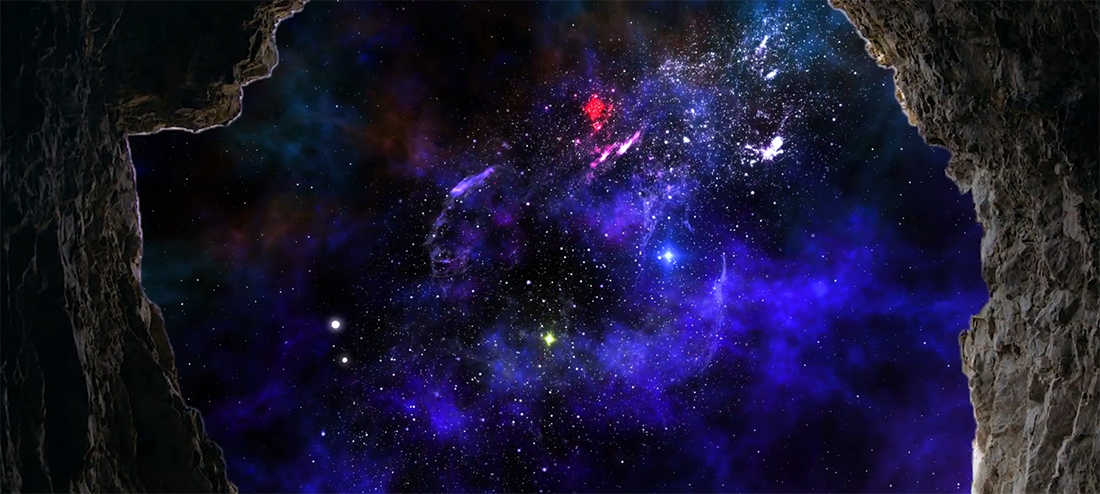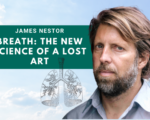Introduction
Plato’s Allegory of the Cave is one of the most influential and enigmatic parables in philosophy. This allegory is a thought-provoking exploration of reality, perception, and the pursuit of knowledge. For many, it serves as an inspiration for both intellectual and spiritual growth. Let’s take a journey through Plato’s cave and discover how this ancient allegory still resonates with the modern world.
A Glimpse into Plato’s Life
The Man Behind the Cave
Plato, born around 427 BCE in Athens, was an ancient Greek philosopher and a central figure in the development of philosophy, especially the Western tradition. He was a student of Socrates and later became the teacher of Aristotle. Through his philosophical dialogues, Plato contributed to numerous areas including ethics, metaphysics, and political philosophy.
The Academy
Plato founded The Academy, considered one of the first institutions of higher learning in the Western world. Here, he sought to cultivate thinkers and leaders who could recognize the difference between appearances and reality. The Allegory of the Cave is a manifestation of this ambition.
Breaking Down the Allegory of the Cave
Setting the Stage
In his book “The Republic,” Plato conveys the Allegory of the Cave as a conversation between his brother Glaucon and his mentor Socrates. He asks us to imagine prisoners chained inside a cave since childhood. They face a wall and cannot look at anything behind them. There is a fire behind them, and between the fire and the prisoners, there is a raised walkway.
Shadows and Echoes
Puppeteers, who are outside the prisoners’ view, can walk along this walkway carrying objects. These objects cast shadows on the wall in front of the prisoners. For the prisoners, the shadows and the echoes from the objects are the only reality they know.
A Journey to the Light
One prisoner is freed and forced to turn toward the light. The light, which symbolizes knowledge and truth, is so bright that it causes pain and blindness. Slowly, as his eyes adjust, he begins to see the objects for what they are. He realizes that his entire life, up to this point, has been a deception. The real world exists outside the cave.
The Return to the Cave
The freed prisoner, now enlightened, returns to the cave to liberate the others. However, they mock him, finding his tales unbelievable. His eyes have trouble readjusting to the dark, and the other prisoners take this as evidence that the journey only harmed him.
The Allegory’s Timeless Wisdom

Perception and Reality
The Allegory of the Cave symbolically illustrates the gap between perception and reality. The prisoners in the cave are not unlike people who are trapped in their own subjective views and ignorance. The shadows on the cave’s wall can be seen as the perceptions, beliefs, and superficial truths that an individual might believe in.
The Pursuit of Knowledge
The journey out of the cave symbolizes the pursuit of knowledge and the courage it takes to face the often painful process of enlightenment. It’s a reminder that true understanding often requires a willingness to let go of familiar views.
The Allegory in the Modern Day
Technology and Media
Today, with the advent of technology and media, we might consider the cave as our daily environment where information is constantly projected to us like the shadows on the wall. It’s crucial to critically evaluate and seek verifiable sources rather than accept information at face value.
Personal Growth
On a personal level, the allegory encourages introspection and self-awareness. It reminds us that personal growth often comes from challenging our boundaries and assumptions.
Honoring Plato’s Legacy
Plato’s Allegory of the Cave remains a compelling exploration of human existence and the pursuit of knowledge. His contributions laid the foundation for Western philosophy and continue to challenge and inspire thinkers across various fields. As a society, it’s important to encourage the kind of critical thinking and open inquiry that Plato championed in order to foster an enlightened and informed population. In doing so, we pay the ultimate tribute to this legendary philosopher.
For Mr. P.









